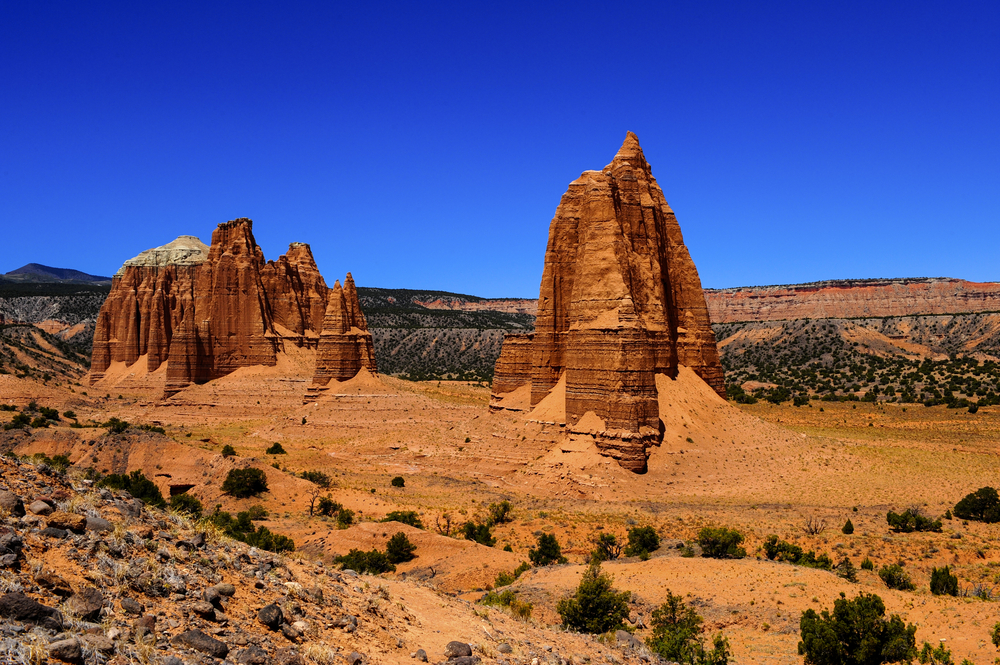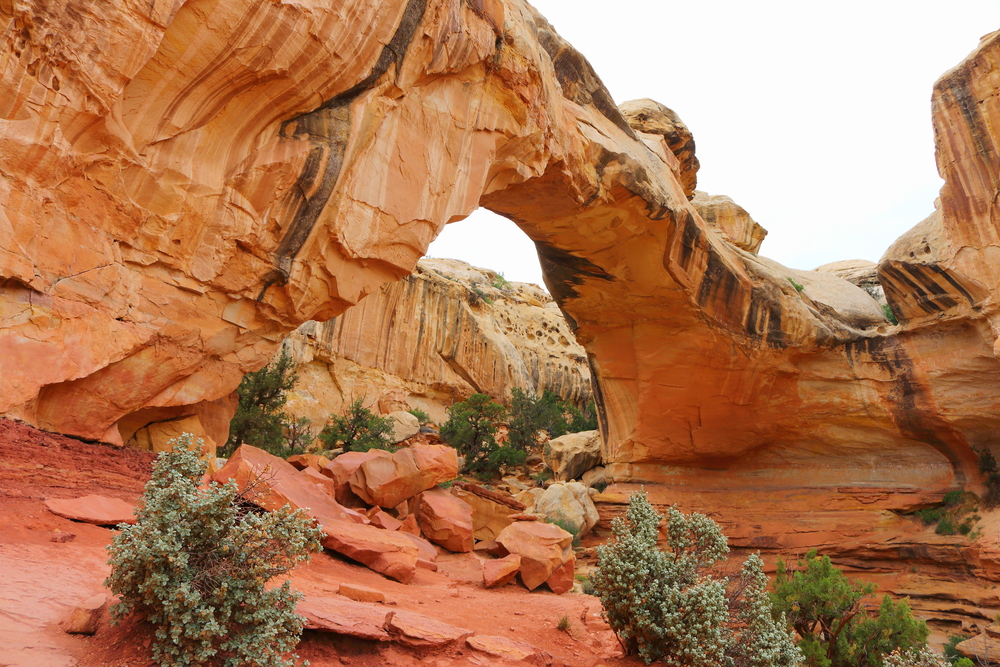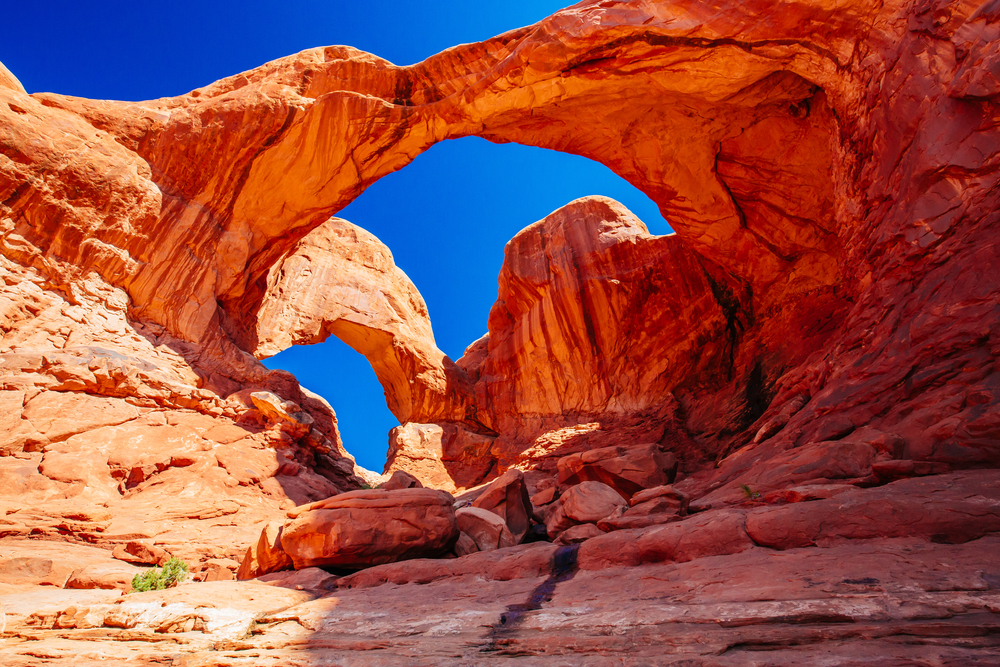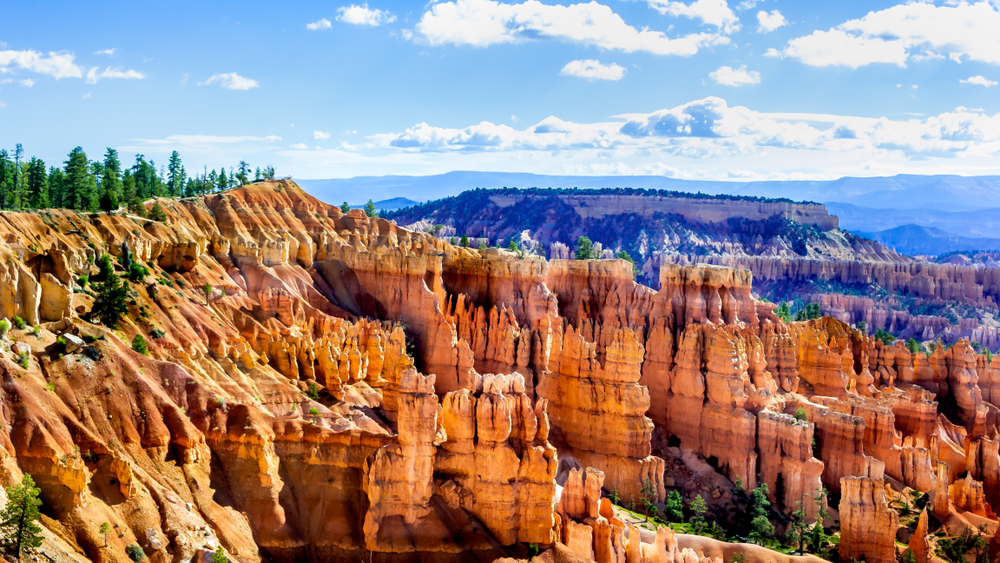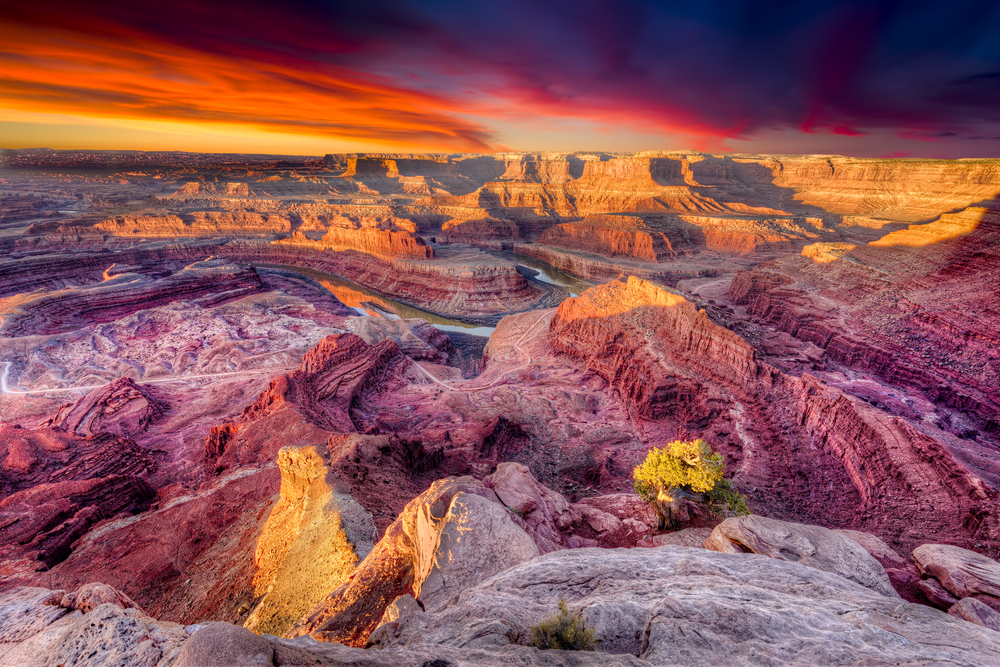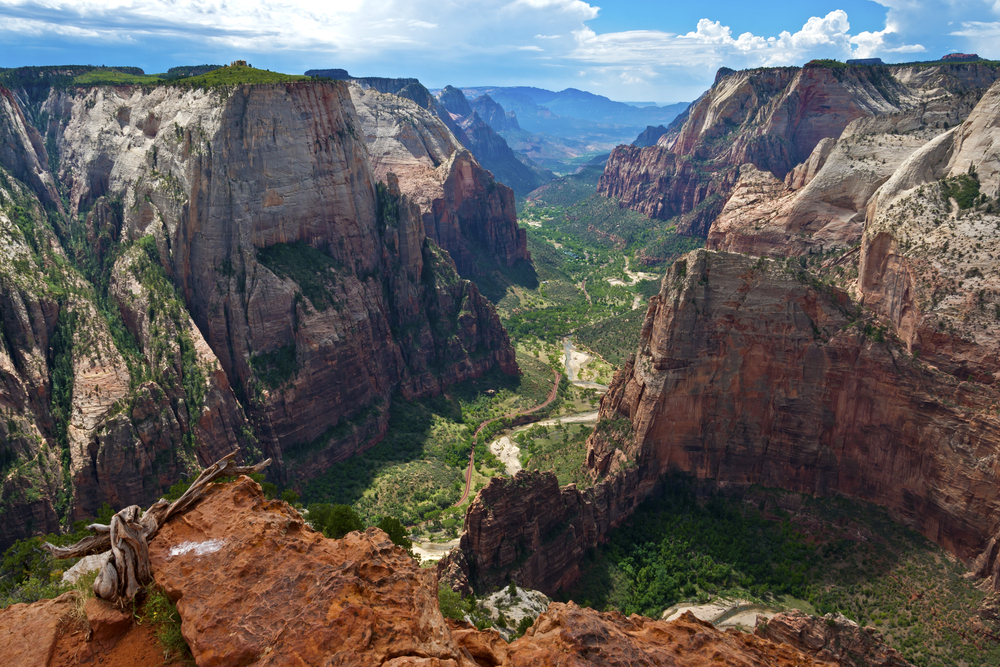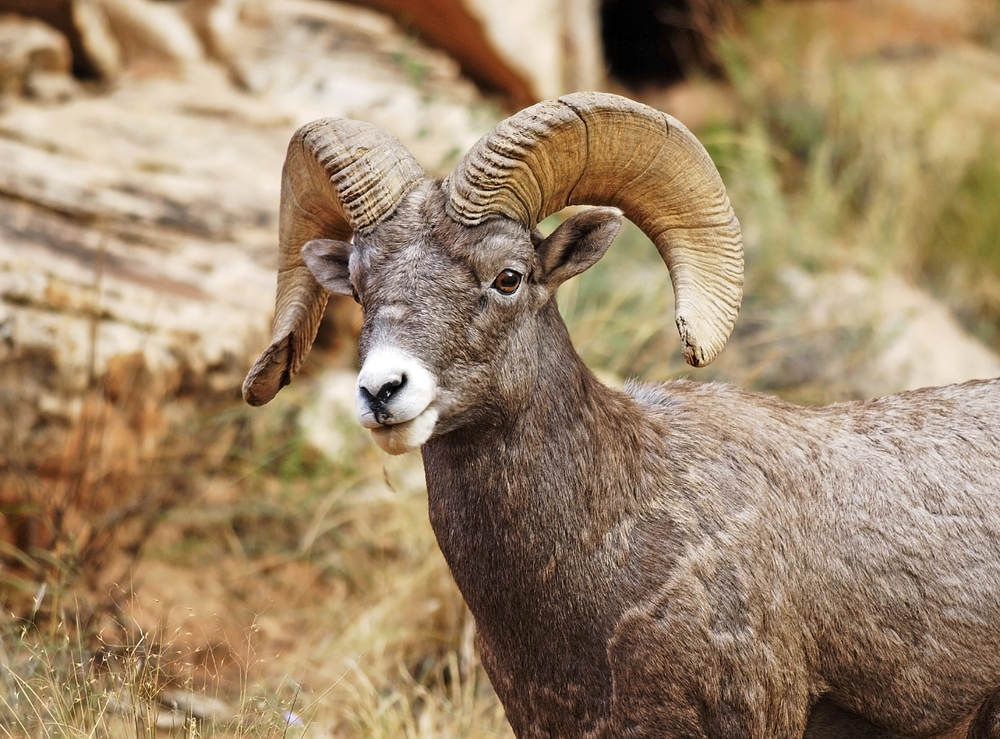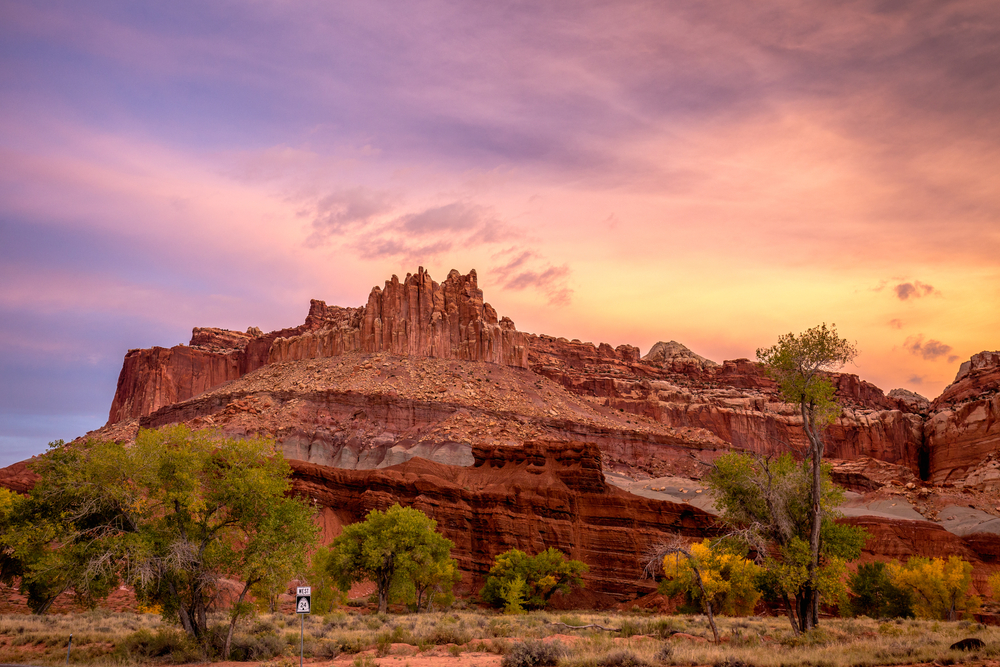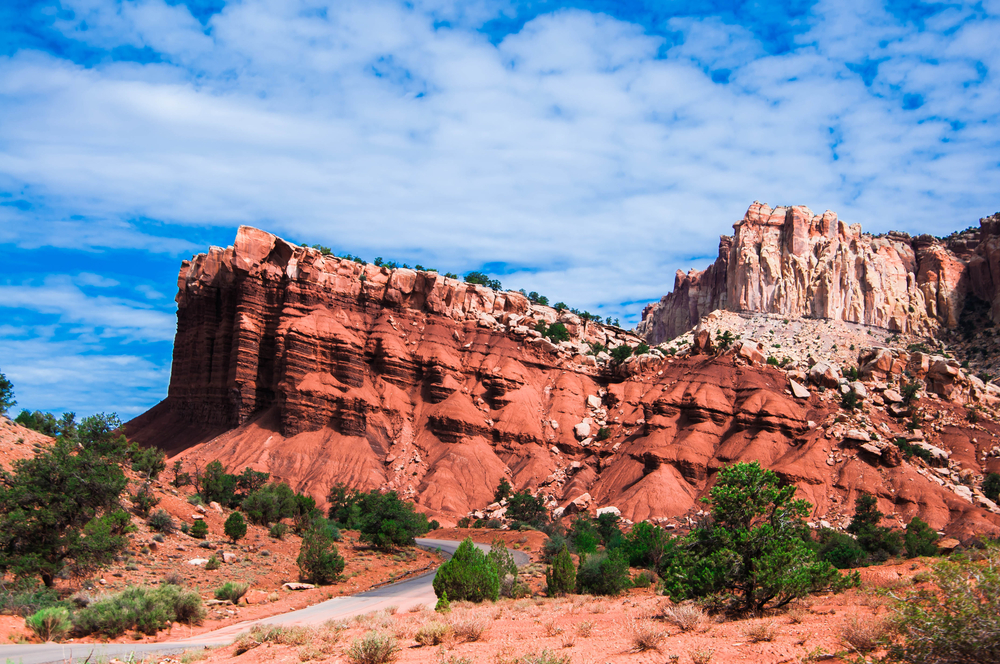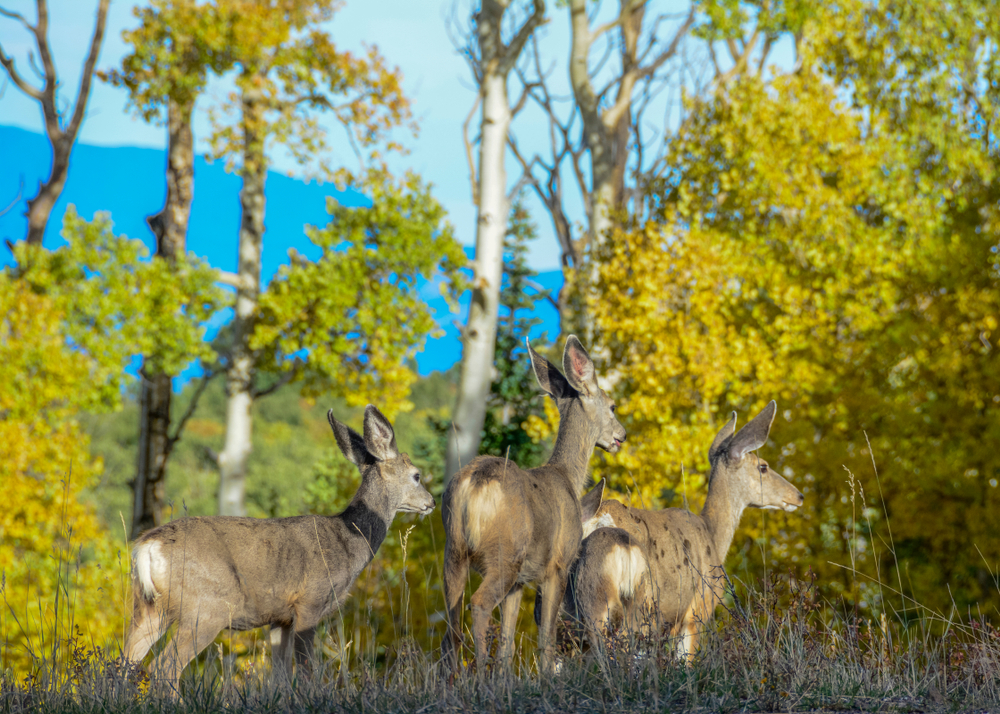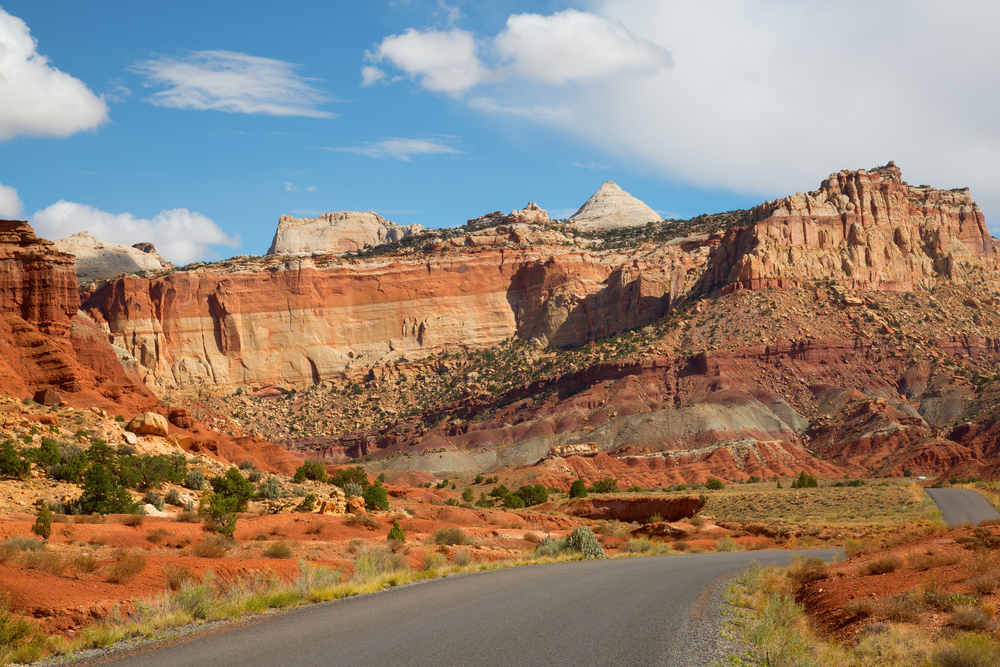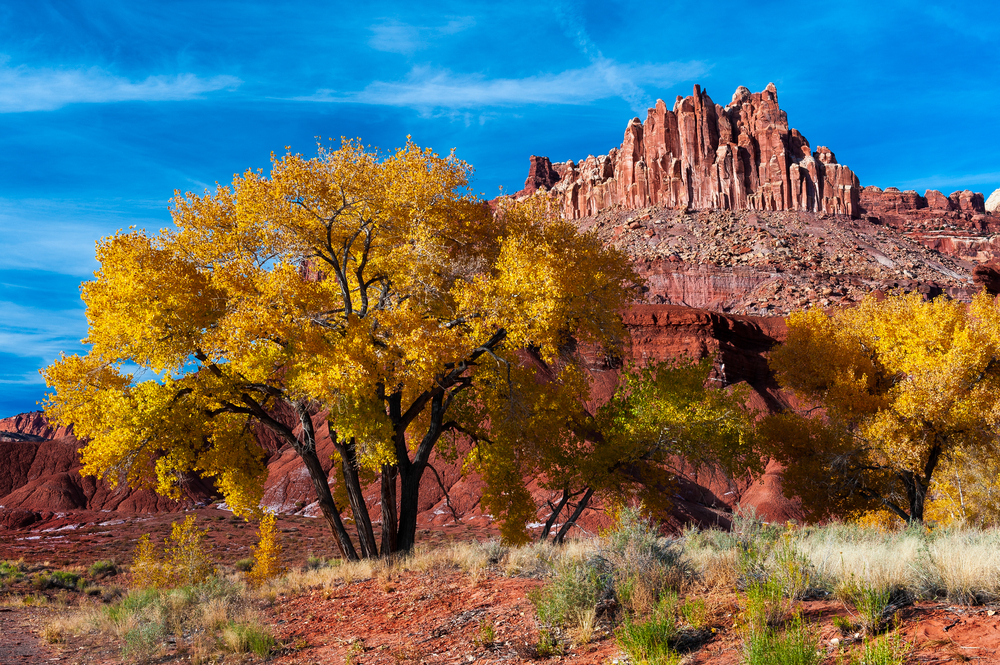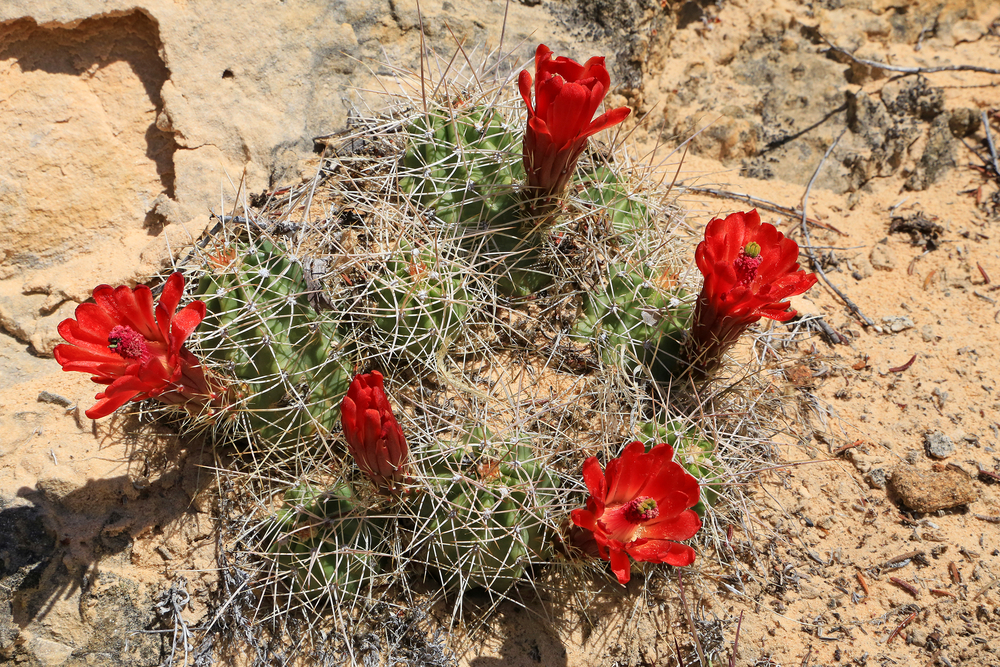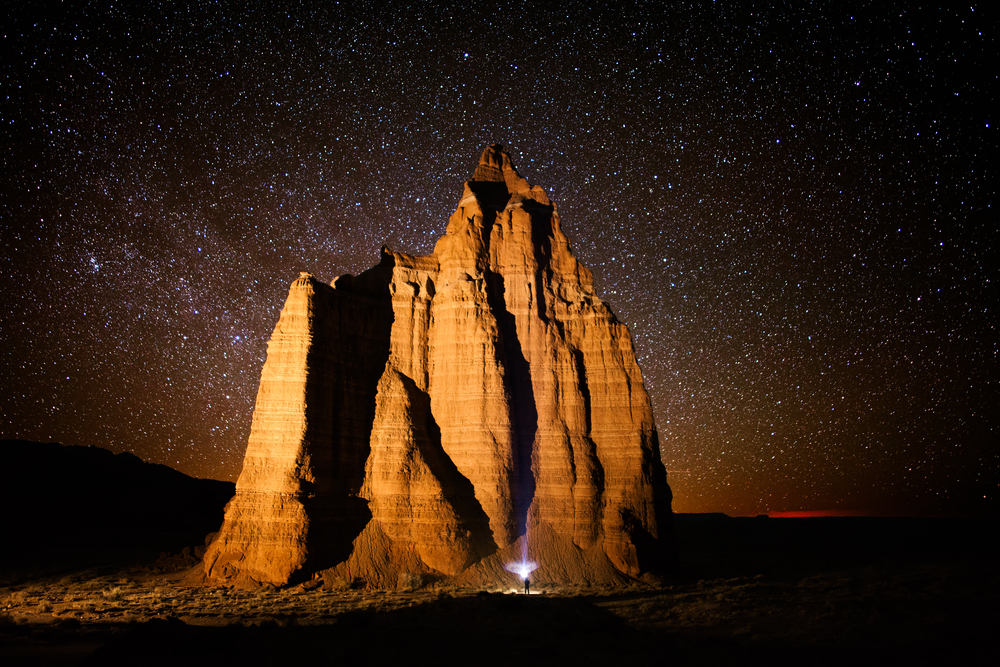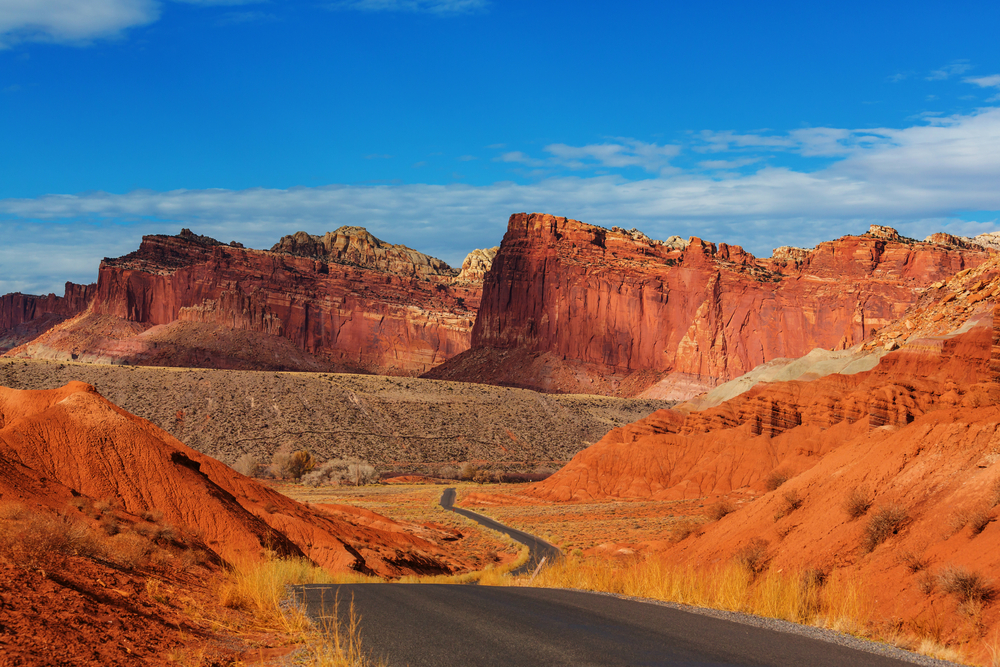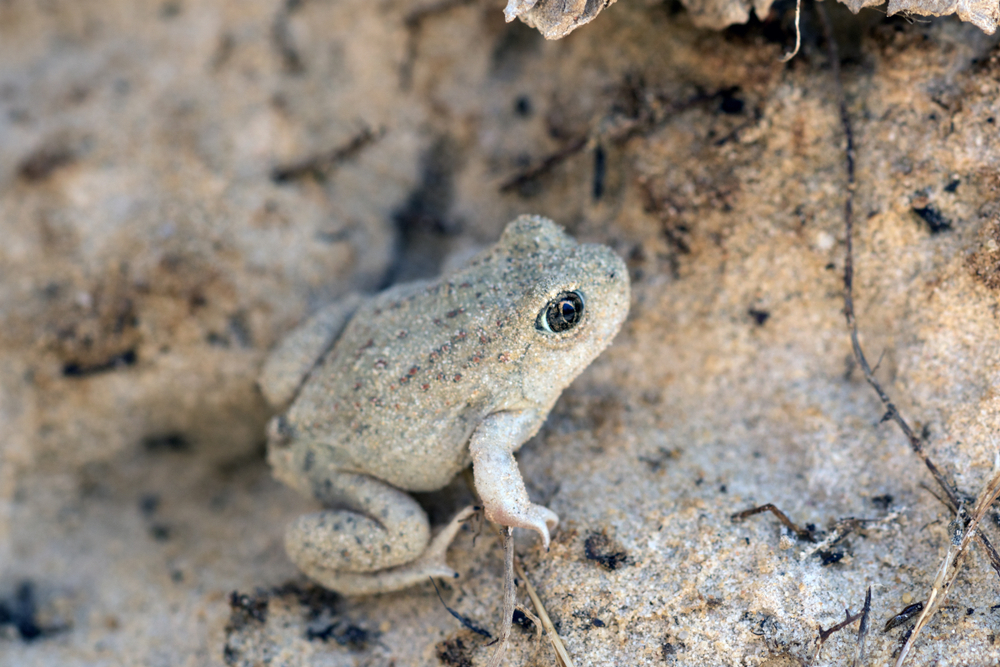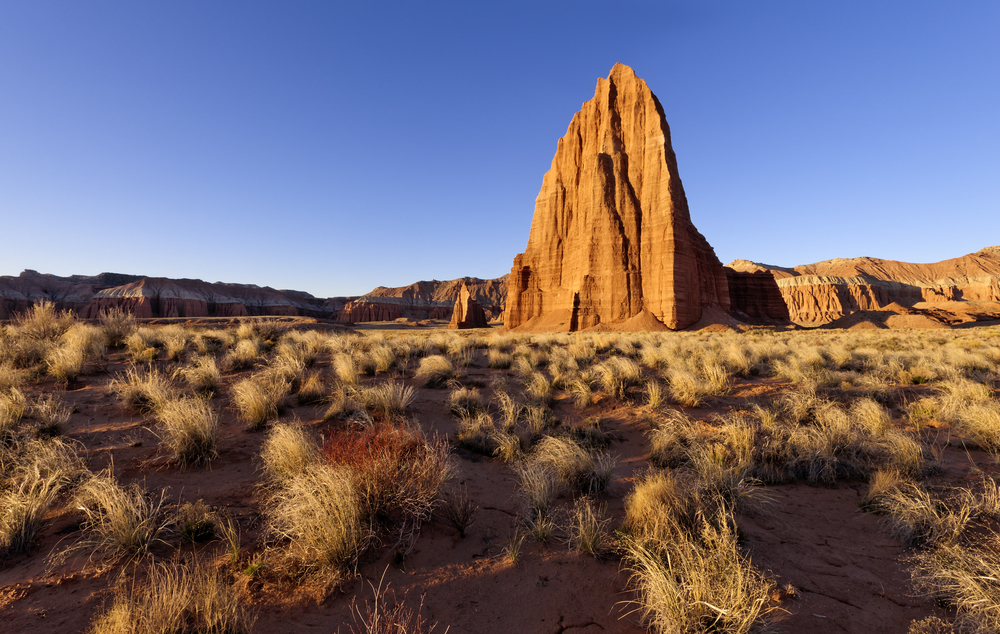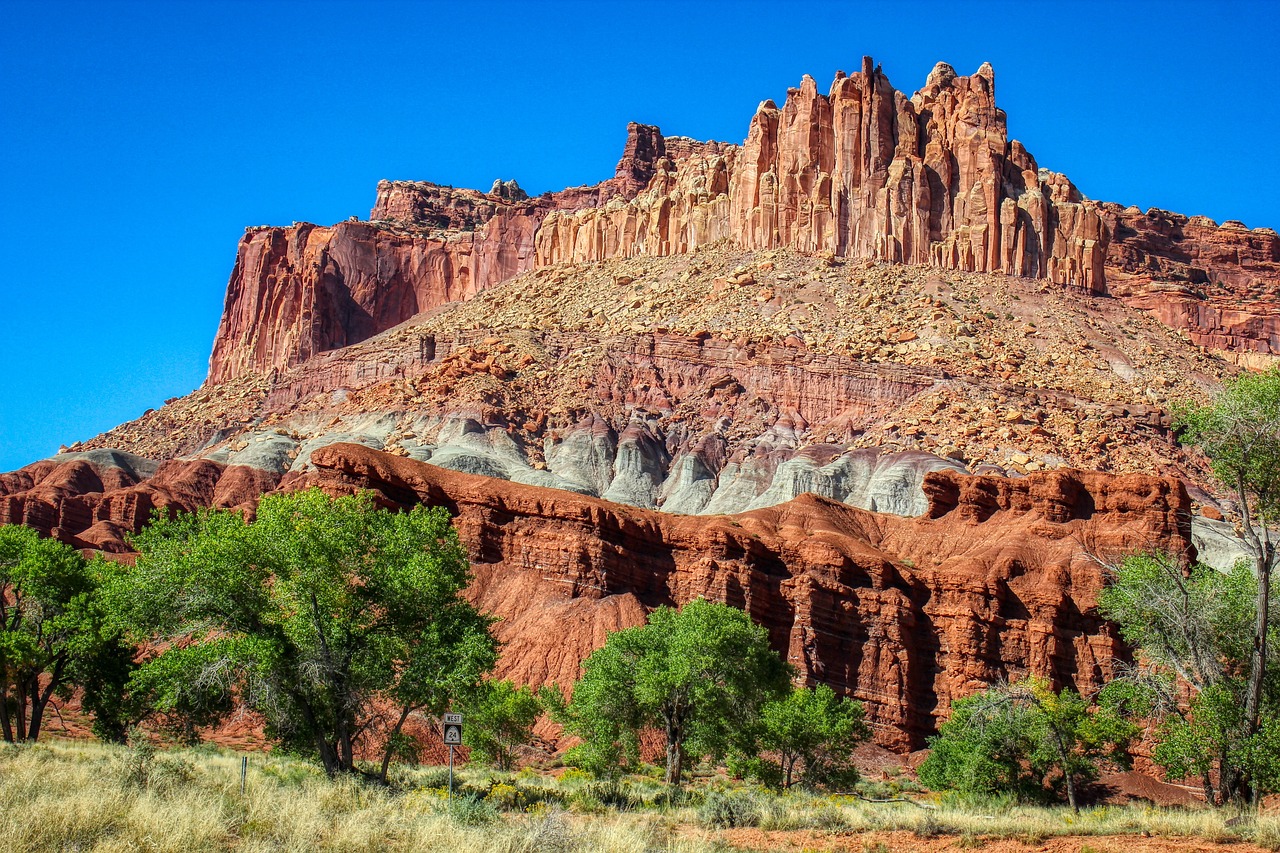Popular
Capitol Reef National Park, nestled in the heart of Utah’s red rock country, is a hidden treasure of the National Park System, offering a stunning display of cliffs, canyons, domes, and bridges.
The park’s natural diversity, from desert basins to lush river valleys, supports an array of species that have adapted to life in this varied environment.
Visitors to Capitol Reef have the opportunity to encounter these animals, each contributing to the park’s ecological richness and enhancing the experience of exploring this rugged wilderness.
Mule Deer – Common across the park, these deer are easily recognizable by their large ears and black-tipped tails, often seen grazing in the cooler parts of the day.
Mountain Lion – Although rarely seen, these elusive predators roam the park’s backcountry, a silent testament to the wildness that Capitol Reef embodies.
Desert Bighorn Sheep – Reintroduced to the area, these magnificent animals are adept at navigating the park’s rocky terrain, a thrilling sight for lucky visitors.
Rock Wren – Often heard before seen, the Rock Wren’s melodious song fills the air, with these small birds frequently spotted hopping among boulders and cliffs.
Peregrine Falcon – Known for their incredible speed, Peregrine Falcons can be observed diving for prey at speeds of over 200 miles per hour, nesting on the park’s cliffs.
Common Raven – Intelligent and versatile, ravens are a frequent presence in Capitol Reef, their black plumage and large size making them easy to spot against the desert backdrop.
Golden Eagle – Majestic in flight, Golden Eagles are often seen soaring high above the park, their keen eyes searching the ground below for prey.
Utah Prairie Dog – These social rodents, endangered and protected, can be found in the park’s grasslands, their colonies a hub of activity and an essential part of the ecosystem.
Western Rattlesnake – Exemplifying the desert’s wild character, the Western Rattlesnake is respected by visitors and wildlife alike, its presence a reminder of the natural world’s untamed beauty.
Coyote – The iconic howl of the coyote is a hallmark of the American West, with these adaptable canines frequently seen (or heard) throughout Capitol Reef.
The wildlife of Capitol Reef National Park adds depth and wonder to the already spectacular landscape, offering glimpses into the survival and adaptation of species in this unique desert environment.








































































